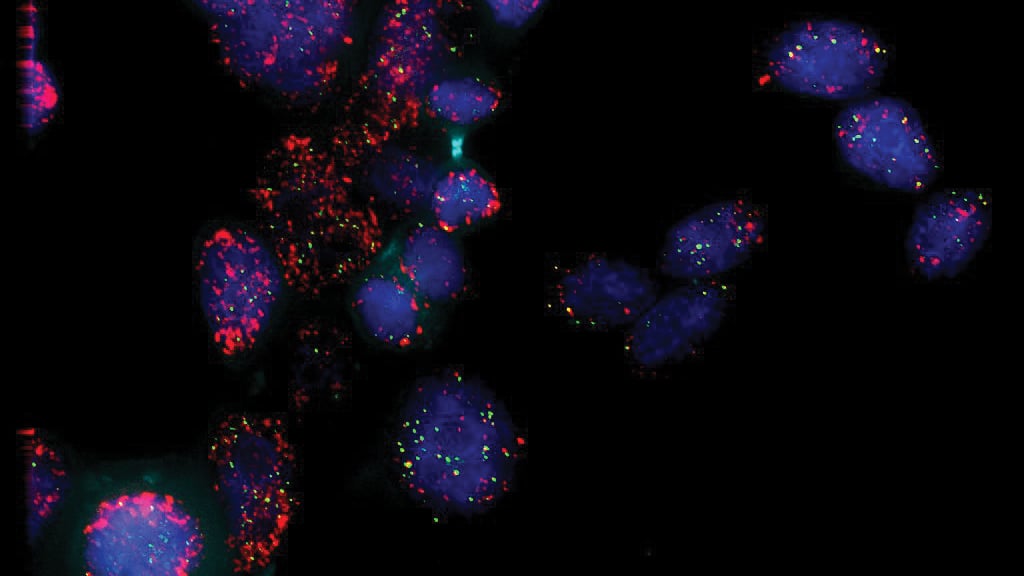Conventional materials are difficult to synthesize and mass produce, and the reproducibility of devices using them was poor. The 4-Amino-TEMPO derivative developed by the research team not only has a simple synthesis process and can be synthesized in large quantities, but also enhancing the performance of FDSSCs and FOLEDs, improving the performance of both electronic devices by more than 20%.
The research team designed and synthesized a material with photocatalytic properties to enhance the efficiency of FDSSCs. The synthesized material exhibits high stability in both air and moisture, rendering it suitable for producing high-performance FDSSCs and FOLEDs. Furthermore, it was confirmed to possess excellent washing properties and resistance to mechanical shock.
4-Amino-TEMPO derivatives find application in various electronic device fields, including solid electrolytes in lithium batteries, catalysts, solar cells, and organic light-emitting diodes. What sets this technology apart is its capability for mass production through a straightforward process, coupled with its cost-effectiveness. Additionally, it offers multifunctionality rather than single-functionality, making it being widely applicable across various electronic applications. These derivatives can be mass-produced at a low cost, amounting to less than 1 million won per 100g. Leveraging this technology for local and mass production holds the potential for unprecedented economic benefits in electronic device companies.
Dr. Myung-kwan Song, the lead researcher for this study, stated “By leveraging multifunctional materials, we can enhance performance and bolster reliability in electronic device domains.”He further commented, “We anticipate applications spanning diverse fields, including energy production and storage materials, as well as sensor materials.”
This research was funded by the Ministry of Science and ICT through the Fundamental Research Project of KIMS (development of a fiber-type energy production and storage platform) and the Mid-Career Researcher Support Project of the National Research Foundation of Korea. Additionally, the research results were published in Materials Today ENERGY on April 22nd. Currently, the research team is continuing to conduct follow-up research to utilize 4-Amino-TEMPO derivatives in organic solar cells, perovskite solar cells, and organic light-emitting diodes, with the goal of mass production within a few years.
————————————————————————-
###
About Korea Institute of Materials Science(KIMS)
KIMS is a non-profit government-funded research institute under the Ministry of Science and ICT of the Republic of Korea. As the only institute specializing in comprehensive materials technologies in Korea, KIMS has contributed to Korean industry by carrying out a wide range of activities related to materials science including R&D, inspection, testing&evaluation, and technology support.


